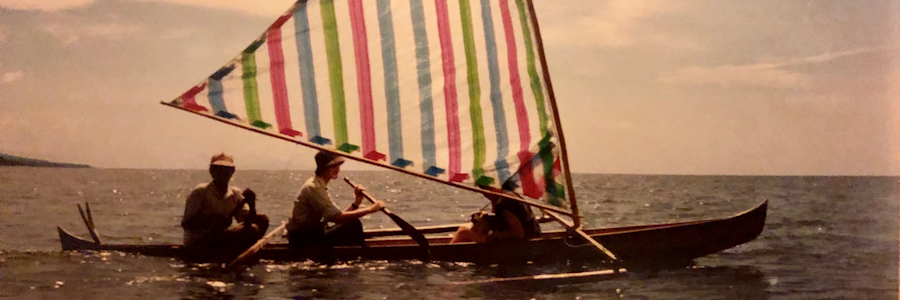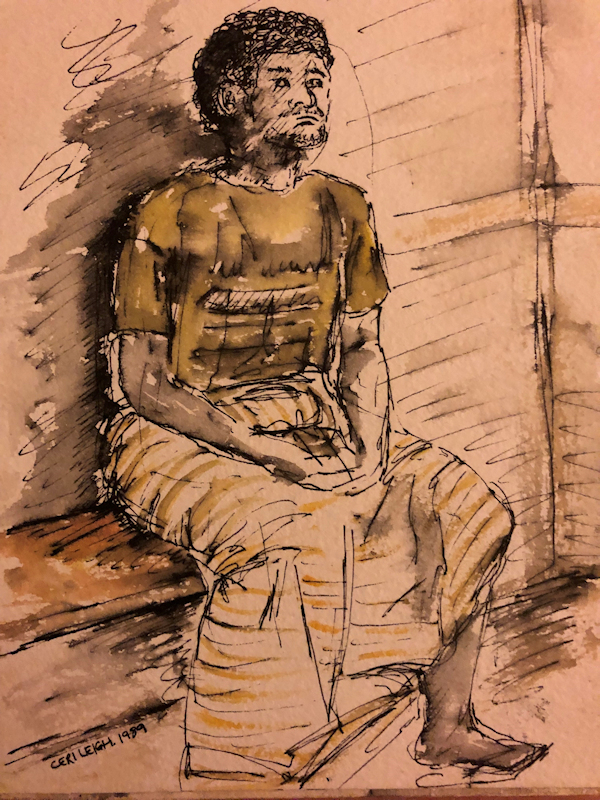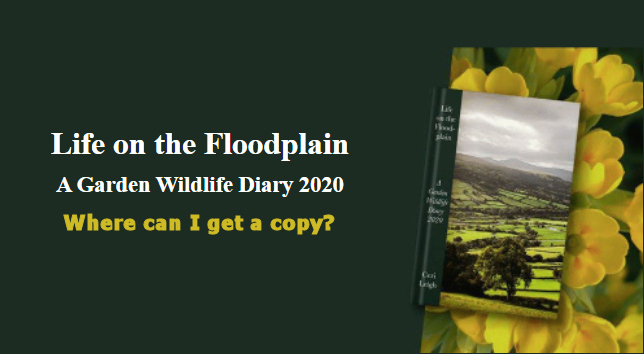
Expedition to Seram
by Ceri Leigh
IT was 1989 when I saw an advert for a scientific expedition to Seram, in the Indonesian archipelago. I was accepted to go on the six-week trip, but before that I managed to get married, move to a flat in London and accept a job at a firm of environmental advisers. When I explained that I had an upcoming expedition, the company offered me the position – and paid leave!
Moving to London was a big step and we were still settling into our first home by the time the expedition came around. Andy waved me off at the airport where I met a small group of people and the organiser, who promptly informed us he wasn’t joining us on the expedition and wished us bon voyage instead! The flight announcement read ‘Zurich and beyond’ which seemed appropriate as I had no idea where I was going or who I was going with. We gathered our rucksacks, headed for the plane, and introduced ourselves to one another during the 18-hour long flight.
The following day we arrived in a bustling Jakarta, before heading to our next flight to Ambon Island. As we passed over a large volcano peeking through the clouds, the small plane shuddered. But thankfully, we were soon on the ground and ushered into cars. We arrived at a small, very basic hotel with no panes in the windows. Here, we waited for the ferry and met up with the expedition’s Indonesian doctor.
We slept out on the upper deck of the rusty ferry and it was a long night. By morning, we were met in the bay by canoes and taken ashore. Here on the coast, we undertook some basic training, felling small trees to make sheaths for our parangs — the local machete – and various other exercises. Then, we tried different ways of crossing the river with poles and ropes. But halfway across the deep river on one crossing, I lost my footing. The strong current took me downriver at speed, while the guide ran along the bank frantically waving. I vividly recall bobbing away with nothing to catch hold of in the deep, dark flowing water as my fellow travellers resembled dots in the distance. Luckily, my guide managed to pull me out and I was able to rejoin the group – soaking wet! We then dammed a small river to help us catch fish to cook over a bonfire and I dried out in the blazing hot sun.
My sleeping arrangement was a carry mat on stony ground which was covered by a plastic sheet hung over a piece of string and a small mosquito net, given to me as a wedding present by a friend who knew me well, helped me to settle down to jungle life contentedly. The quiet of the rainforest proved to be one of the most peaceful moments of my life. It was a deep peace. I could breathe deeply and I was at one with the natural environment, the pretence of modern life stripped away, with only basic survival and the delights of nature to consider. As we trekked further into the partially unexplored jungle, lizards and birds, spiders and fish appeared before me. In such a remote area many of the plants and animals of the island may never have been recorded.
It was a long, arduous trek. I climbed steep mountainous land, descended through dense valleys, crossed swollen rivers, contended with leeches and mosquitoes – but it was all worth it. The tribes in the interior of Seram lived in huts in remote villages and were animist. We passed by several tribes on the way and I’m sure they knew we were there long before we were aware of their presence. One day, crossing a stony, shallow river, we met some hunters, who upon exchanges with the local guides, produced (under licence) a python for us to eat. It fitted in a length of bamboo over the fire and made a good meal – and a welcome change from the plantain that made up most of our diet. I really don’t recommend eating bananas for seven days!
My fondest memory, however, is of arriving in Kanikeh village in the centre of Seram. After days of trekking and hacking our way through the jungle in thick yellow mud, we came out onto an open expanse of ground holding a small village of sago-thatched huts. The men and boys of the village congregated before us waving spears and chanting shouts. It was a welcome ceremony, that also gave us a warning. The women of the village stood at their huts with amused expressions – we must have been an entertaining sight emerging from the forest. We were led into the centre of the village to a hut where we sat on bamboo mats. Our host, whose name I gathered was Margerite, introduced herself as ‘Bonso’ which I was informed meant ‘the youngest one’ and we were made very welcome.
Mount Binaia towered over the village and was the highest point of the island which we intended to climb. But when the time came to ascend the mountain, the doctor came over for a quiet word. I knew that I was the slowest walker in the group, and he informed me that I was to remain with the tribe in the village while the rest of the party climbed Binaia. Though initially disappointed, it turned out to be one of the best experiences of my life.
In the evening, I sat with Bonso by candlelight, communicating quietly. Women from the village brought their babies to see me, smiling through the open-fronted porch. A young boy stood quietly by my side and pointed out the various plants. I tried to take in as much as I could from the villager’s kind tuition. A bamboo pipe at the river’s edge served as a shower and I simply stood in my clothes and dried off in the heat of the tropical sun. I had brought a small sketchpad and tin of watercolour paints with me and sketched scenes of the animals around the hut and a portrait of a local guide. I sketched the bright red parrot that sat on a perch at the end of the village and the glossy stones in the river, though I paid for that escapade in the sun with first-degree burns. Meanwhile, geckos and large cockroaches roamed the roof thatch by night, with cockroaches often pinging onto my head and scuttling away as I tried to sleep.
When the group returned from the mountain, muddy and bedraggled, I put the kettle on the fire and made tea. Bonso touched my shoulder and quietly told me I was now ‘Indonesian’ and I felt a great honour in her gentle acceptance. I was deeply sad when the time came to leave. I often think of Bonso and miss her still.
Our small party set off, walking for many days to reach the coast. One morning, split off from the main party on the wrong side of a swollen river, I rose at dawn and heard two hornbills call in the mist, flapping down to a branch overhanging the now calm, bubbling waters of the river in front of me. It was a very special and peaceful moment, alone with the wild birds. That night we slept among the war drums of a tribe who were suspected of headhunting. But on the final day of trekking, I collapsed in intense pain. The trained nurse of the group administered morphine, while a cry from the group said: ‘It’s okay, we’ve made a stretcher!’ I was carried for an hour until the vomiting eased and I insisted that I walked. But by now, we had fallen behind the main group and were completely lost in the dense jungle. Darkness had fallen and we had no idea which direction to take. Finally, we heard a shout and villagers from the coast appeared with a lamp and sticks of sugar cane to chew! We followed them along a narrow path until we re-joined our party sitting around a bonfire on the beach of the north coast.
There, the doctor switched on the BBC World Service. The first words I heard were: ‘The Berlin wall has just come down!’ That was the first time I realised that I’d missed all important news over the previous couple of months. For the entire expedition, I felt calm and complete – it was a joy to experience such an untouched part of the natural world. I hadn’t felt scared once until I was on the boat leaving the island. With no ladder over the side, I found it impossible to climb off and I finally found myself shouting in desperation ‘Get me off this ******* boat!’ Somebody, gently laughing at my gangling, disgruntled attempt, kindly obliged.


